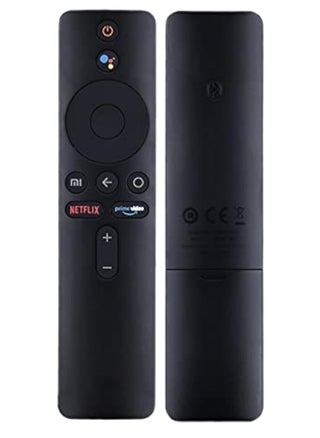Wireless Convenience: One of the standout features of remote controls is their ability to operate devices from a distance without any physical connection. This wireless convenience enhances user experience by allowing them to control various electronic devices such as TVs, stereos, and even smart home appliances from the comfort of their couch or bed. This feature not only adds convenience but also enhances accessibility for individuals with mobility impairments.
Versatile Functionality: Remote controls often come with a range of functions tailored to specific devices. These functions may include adjusting volume, changing channels, navigating menus, and even activating specific modes or settings. Some advanced remote controls incorporate universal compatibility, allowing users to control multiple devices with a single remote, reducing clutter and simplifying the user experience.
Infrared and Radio Frequency Technology: Remote controls typically utilize either infrared (IR) or radio frequency (RF) technology to communicate with devices. IR remotes emit pulses of infrared light to transmit commands, requiring a direct line of sight between the remote and the device. RF remotes, on the other hand, operate through radio signals, offering greater range and the ability to control devices even through walls or obstacles. This technology choice often depends on factors such as range, interference, and cost.
Ergonomic Design: A well-designed remote control prioritizes user comfort and ease of use. Ergonomic considerations such as button layout, size, and weight play a crucial role in enhancing user experience. Comfortable grip, intuitive button placement, and tactile feedback contribute to seamless interaction with the remote, reducing user fatigue and frustration. Moreover, features like backlighting or glow-in-the-dark buttons further improve usability in low-light conditions.
Integration with Smart Home Systems: With the rise of smart home technology, remote controls have evolved to integrate with these systems, offering enhanced functionality and control. Users can now operate not only traditional entertainment devices but also smart lights, thermostats, security cameras, and more, all from a single remote control or even through smartphone apps. This integration fosters a cohesive smart home ecosystem, allowing users to streamline their home automation experience and customize settings to suit their preferences.Convenience and Accessibility: Remote controls provide users with the convenience of operating various devices from a distance, eliminating the need to manually interact with them. Whether it's adjusting the volume of a television, changing channels, or navigating through multimedia content on a streaming device, remote controls offer easy access to functionalities without requiring physical proximity to the device itself.
Enhanced User Experience: Remote controls play a vital role in enhancing the overall user experience by simplifying the interaction with electronic devices. With intuitive layouts and ergonomic designs, modern remote controls ensure that users can effortlessly navigate menus, adjust settings, and control functionalities with minimal effort, thereby fostering a seamless and enjoyable user experience.
Versatility and Compatibility: Remote controls are designed to be versatile and compatible with a wide range of devices, including televisions, home entertainment systems, gaming consoles, and smart home appliances. This versatility allows users to consolidate control over multiple devices using a single remote, eliminating the clutter of multiple controllers and streamlining the user experience.
استرجاع مجاني وسهل
أفضل العروض




